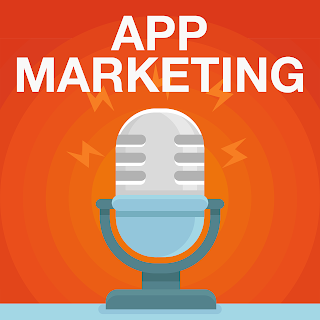As the mobile
app scene hot topic in 2015, we need to ask the question, what are the trends
that are driving mobile app development today? Are they here to stay? And how
is it going to span out in the coming years? These are some of the questions we
hope to answer in this article.
Use APIs Innovatively
Mobile app development demands that you develop an app across a variety of devices and channels. Now what do you do to achieve that? This is where you need an API-first approach. When your development is focussed on APIs you ensure flexibility and agility.
Among the biggest obstacles to seamless implementation of mobile apps is data storage. This problem is solved to a great extent when you use a catalogue of mobile REST APIs where you can access systems of records in an easier manner. This way you can implement all your security policies under one umbrella.
Leverage the Cloud
Now, the development process is agile, which means business and infrastructure development take place in parallel. While the business department works at its own pace, the other teams ask for tools to speed up their integration and development. It is here that the Cloud plays a very important role. Streamlining back-end integration, user security and management becomes extremely easy with Cloud.
Convenience is King
However high your app might score on functionality, in the end it needs to guarantee a sumptuous experience for the user. Though a million apps populate the Appstore, hardly a fifth of them are used. If your mobile app developers can’t synchronise functionality with user experience, then it is not going to find traction among users.
What we’ve mentioned in this article are just 3 of the important trends that are sweeping the mobile app industry today. For more, watch our next article in the series!
Use APIs Innovatively
Mobile app development demands that you develop an app across a variety of devices and channels. Now what do you do to achieve that? This is where you need an API-first approach. When your development is focussed on APIs you ensure flexibility and agility.
Among the biggest obstacles to seamless implementation of mobile apps is data storage. This problem is solved to a great extent when you use a catalogue of mobile REST APIs where you can access systems of records in an easier manner. This way you can implement all your security policies under one umbrella.
Leverage the Cloud
Now, the development process is agile, which means business and infrastructure development take place in parallel. While the business department works at its own pace, the other teams ask for tools to speed up their integration and development. It is here that the Cloud plays a very important role. Streamlining back-end integration, user security and management becomes extremely easy with Cloud.
Convenience is King
However high your app might score on functionality, in the end it needs to guarantee a sumptuous experience for the user. Though a million apps populate the Appstore, hardly a fifth of them are used. If your mobile app developers can’t synchronise functionality with user experience, then it is not going to find traction among users.
What we’ve mentioned in this article are just 3 of the important trends that are sweeping the mobile app industry today. For more, watch our next article in the series!













